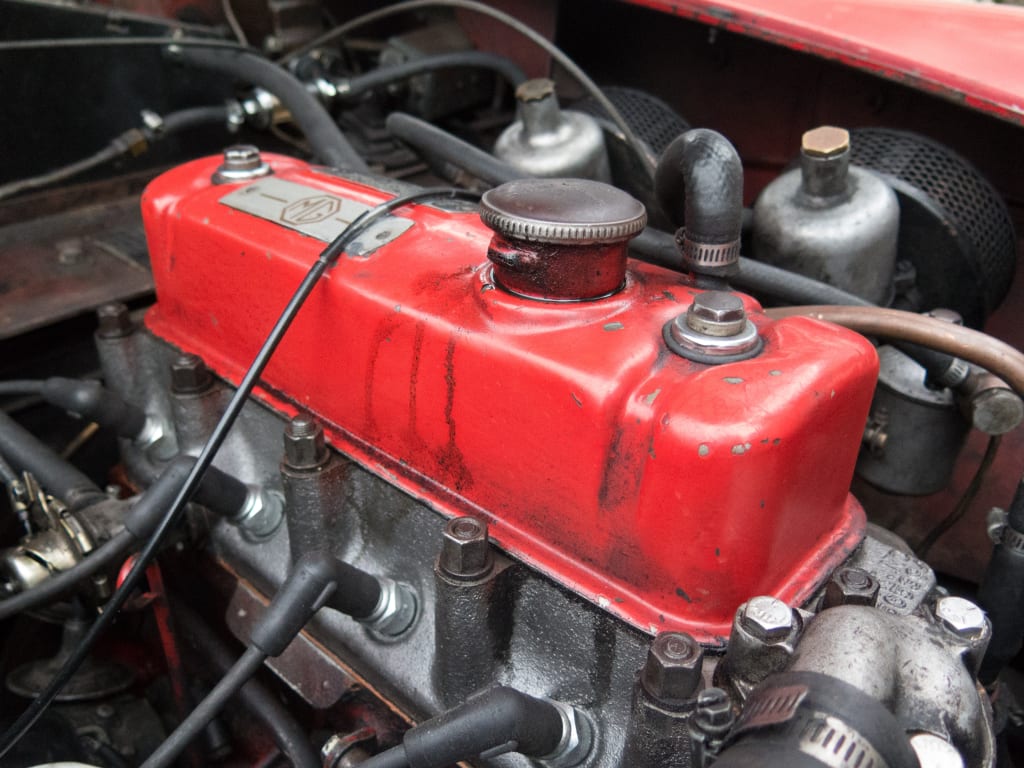Tips and Tricks to Choose the Best Hydraulic Hose Fittings
Whether you use a new hydraulic machine design or a machine that has already endured a rebuilding process,

Whether you use a new hydraulic machine design or a machine that has already endured a rebuilding process, the importance of installing the hoses that conduct fluid becomes necessary from point to point. While the chief functions of a machine and the most critical aspects of its design are primarily limited within the mechanical works, which includes the valves and actuators, the hose fittings are also equally important. When selecting a hose, you must do carefully and after proper consideration.
To start with, check the diameter of the inner portion and the working pressure rating of the hose, and for mobile machines, you should check the outer diameter and the weight of the model. Generally, a single product line, with the increase in the diameter of the hose, the working pressure decreases. Raceworks fittings also offer a convenient single-pressure option - there’s no change in the moving pressure rating for any diameter in the same product line.
Regardless of whether you’re changing an existing hose or constructing a new one, you will have to know how to purchase a hose of the correct, diameter, length, pressure rating, and with the most-suitable material properties for your application. Here are a few factors which you must consider carefully.
Tips And Tricks To Choose The Best Hydraulic Hose Fittings
Pressure rating
When selecting a hose, remember that you should opt for the one with maximum working pressure (WP) rating, which is at par or slightly above the normal maximum hydraulic system pressure. Momentary pressure gushes for a hydraulic system should never exceed this pressure rating. When a hose fittings' pressure rating is below the working pressure of the hose, it can cause the entire hose structure to fall to the lower rating of the accessories.
Burst pressure is one of the built-in safety factors for a hydraulic hose, which is verified by the manufacturer in a destructive test. Usually, a hydraulic hose's burst pressure rating is four times the working pressure rating or more than that.
The diameter of the inner surface
It is very crucial to use a hose whose inside diameter is correct because it affects the linear velocity. Suppose, if the diameter is too small compared to the given rate of flow, the linear velocity will also be excess, which in turn, will convert into friction and turbulence. And when these two are combined, it will undoubtedly cause a prominently higher system pressure and heat.
Hose manufacturers stereotypically supply a chart or a table to help you in calculating the optimum diameter for a given flow rate along with the hose length. Hoses, which are long, generally need a larger inner diameter to help them to evade excessive restriction and friction.
Length of the hose
When a machine moves and articulates, it may exert pressure on the host until you check the length of the hose before purchasing.
The length should be such that it provides sufficient flexibility for bending during the machine's movements, and also ensures that there's no undue stress caused on the fittings. A hose that joins in a flawlessly straight path from one section to the other may shrink in length up to 4 percent when put at maximum pressure. Thus, while making up the hose assembly, you must consider this extra length. However, if the hose is excessively long, it will restrict the flow, causing an increase in the system pressure and reducing system efficiency.
The material of the hose fittings
Depending on the conditions in which the hose will work, select the material.
Some materials are excellent where chances of abrasion are high, but these may not bend easily. You get the outer layer in various synthetic materials like neoprene, which is highly flexible across a different range of temperatures and still is capable of handling abrasion. Most of the rubber hoses give an excellent performance within a temperature range of –40°C to 100°C.
The maximum shelf life of a rubber hydraulic hose is generally ten years. So, check the date of manufacturing before you purchase it.





Comments
There are no comments for this story
Be the first to respond and start the conversation.